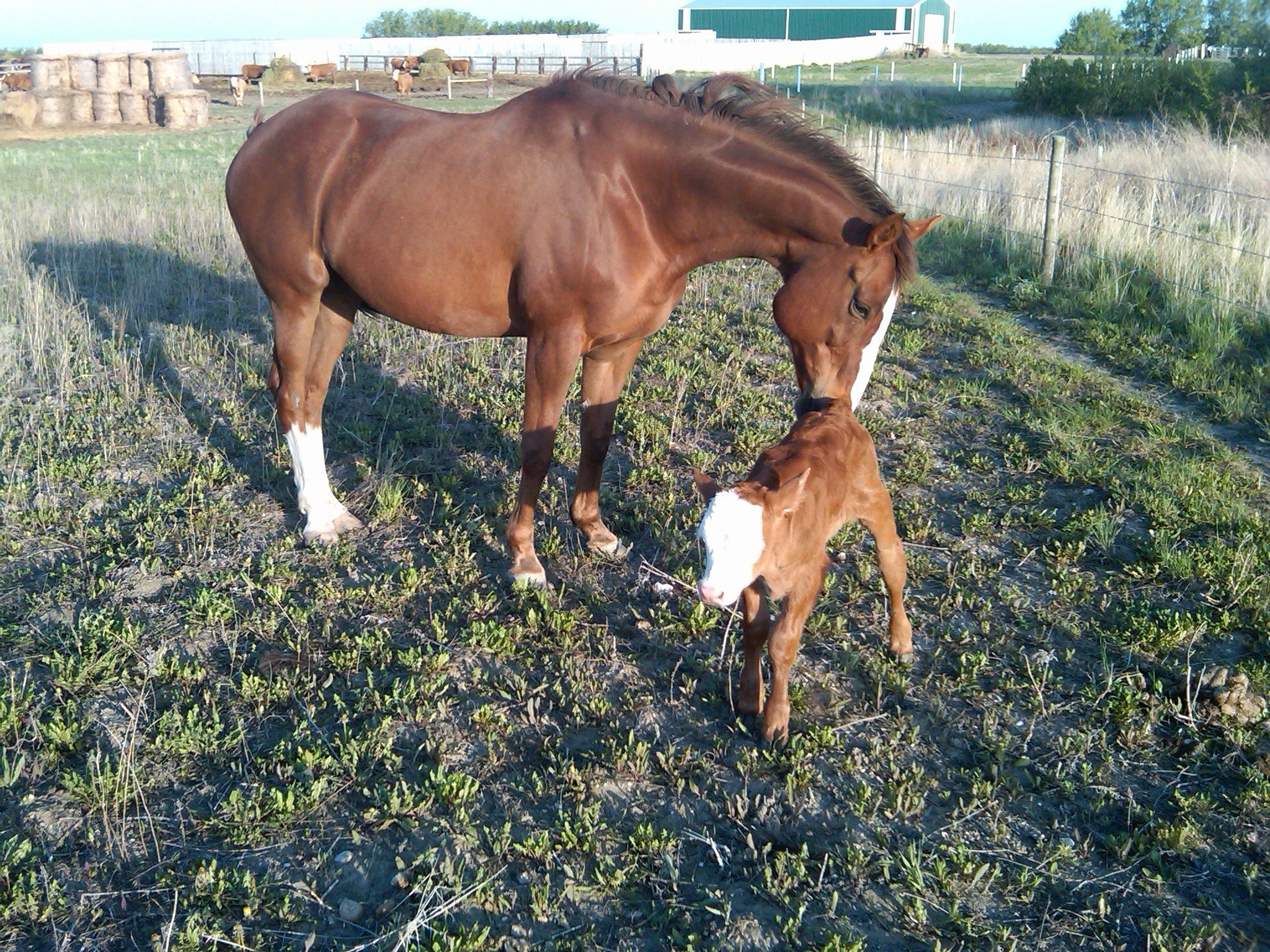Northern Alberta’s Peace River region is well known for having canola so wet it can’t even be tested.
Larry Dorig, an Alvan Blanch Canadian dealer located at Spirit River, Alta., said he only stumbled across a solution to the problem out of sheer good luck.
He said his operation bought the first Double Flow dryer in Canada about eight years ago simply because it needed a dryer.
“This wasn’t what I’d call good management. It was just good luck that we stumbled on these dryers.”
Read Also

Supreme Court gives thumbs-up emoji case the thumbs down
Saskatchewan farmer wanted to appeal the court decision that a thumbs-up emoji served as a signature to a grain delivery contract.
Dorig said canola producers in the Peace who still use a tier dryer typically need to run the crop twice, and he thinks that wastes time.
But the Double Flow compensates for temperature, airflow, depth of grain and speed of the grain, so it only needs a single pass.
“Your bushels per hour may be less, but you only need to run the canola once, regardless of what the moisture is at the beginning. So it saves you a lot of hassle and extra grain movement.
“The thing we really like is that we’ve never heard of a fire in one of these dryers. It’s low temperature at the grain and the flame is never close to the grain.
“Fred (Pohr) burned his Vertec down to the ground about the time we bought our Double Flow. He needed a dryer, so he bought the same kind of Alvan Blanch dryer sight-unseen.”
Pohr set up his Double Flow in 2004. The Fairview, Alta., farmer said he hasn’t had a fire or a drying problem since. There are no cereals on his farm. Pohr grows only canola, which always needs drying.
“Our canola is often wet; untestable. You don’t know what the moisture is, except that you know it’s 22 percent or higher in a bad year.
“In a good year, we start combining at 16 percent. It all goes through the dryer. We don’t wait for it to dry in the field. We bring it down to eight or nine percent, but it’s slow when it’s up over 22. In a good year when it’s 15 percent, we run 500 bu. per hour.”
Pohr’s neighbour, Steve Kramer, said canola going into the hopper of his Double Flow is sometimes disgusting.
“It’s like canola soup going into the hopper sometimes,” he said. “But we bring it down to dry, nine or 10 percent, in just one pass.
“When it’s really wet, we run it only eight inches deep. In a better year at 16 percent, we run up to 12 inches deep.”
Kramer admitted the dryer isn’t fast when you pour soup in the top and get nine percent canola at the bottom. Those conditions generally allow about 150 bu. per hour, but he’s happy that he ends up with a quality product.
He said that in his corner of the world, drying is a necessity. Although the system is fully automated, Kramer said he still needs someone on hand to watch over things and move grain around when he wants to run 24/7.
For more information contact Fred Pohr at 780-835-4559 or Steve Kramer at 780-835-0739.

















